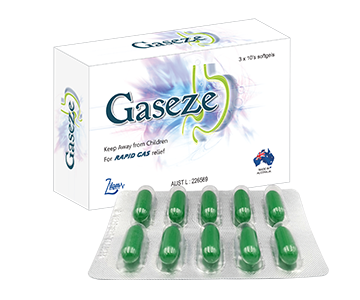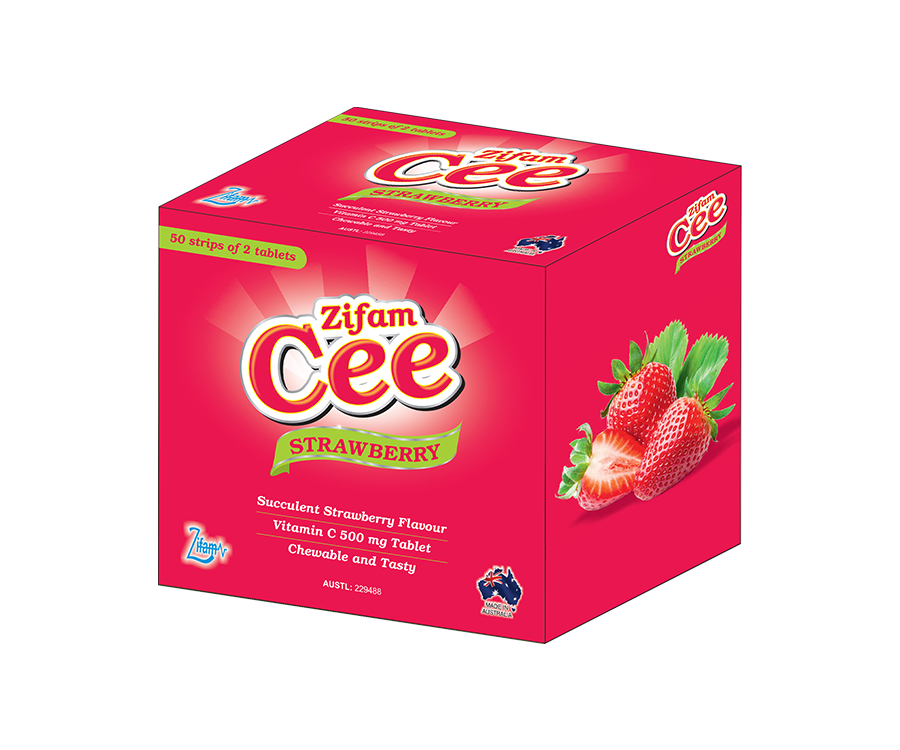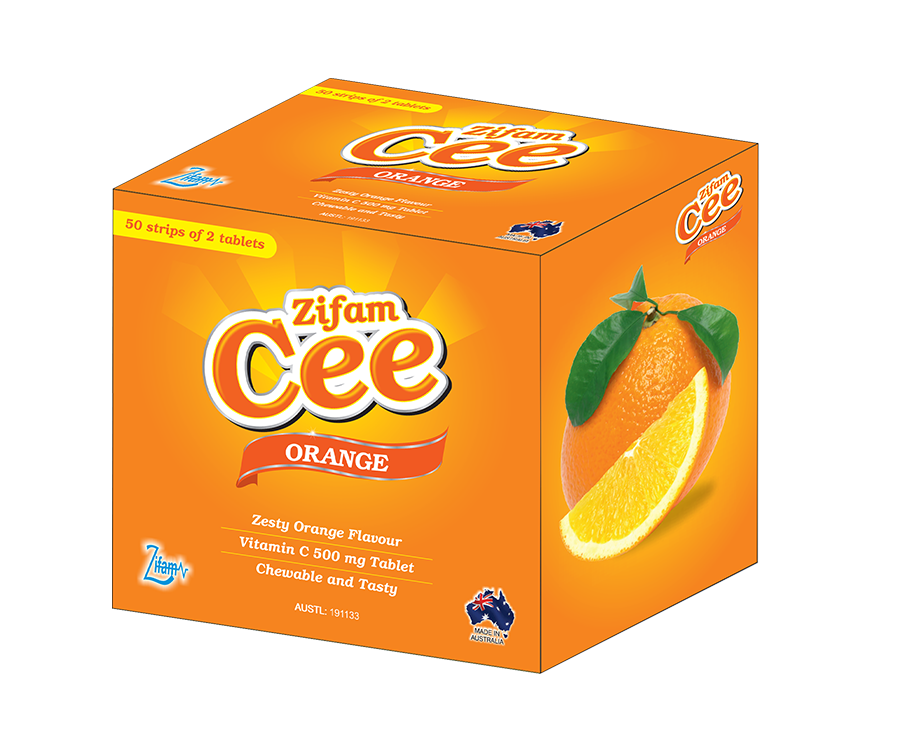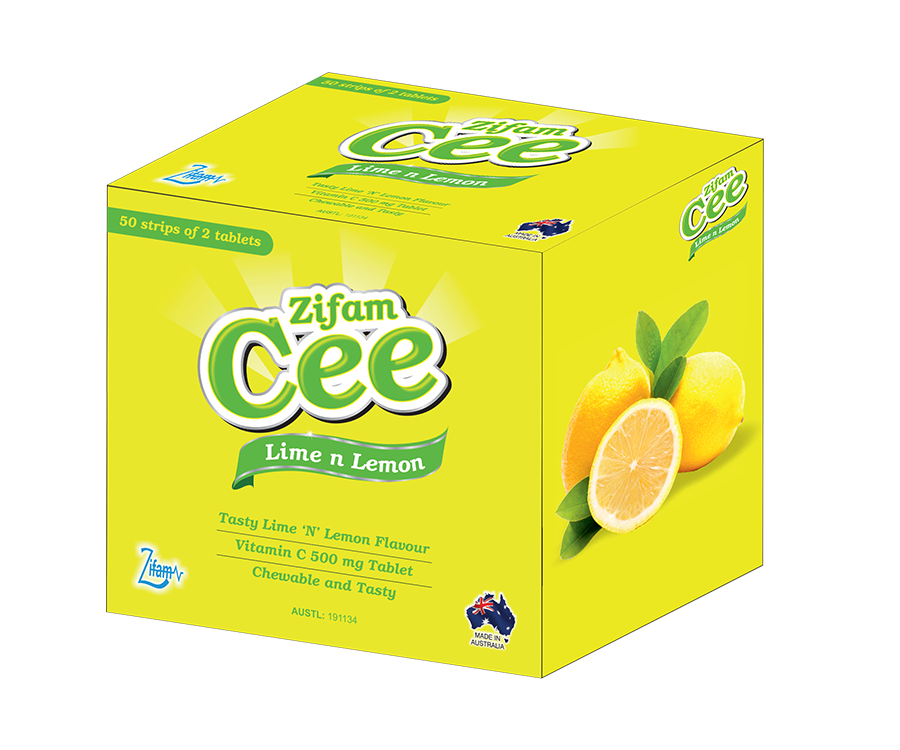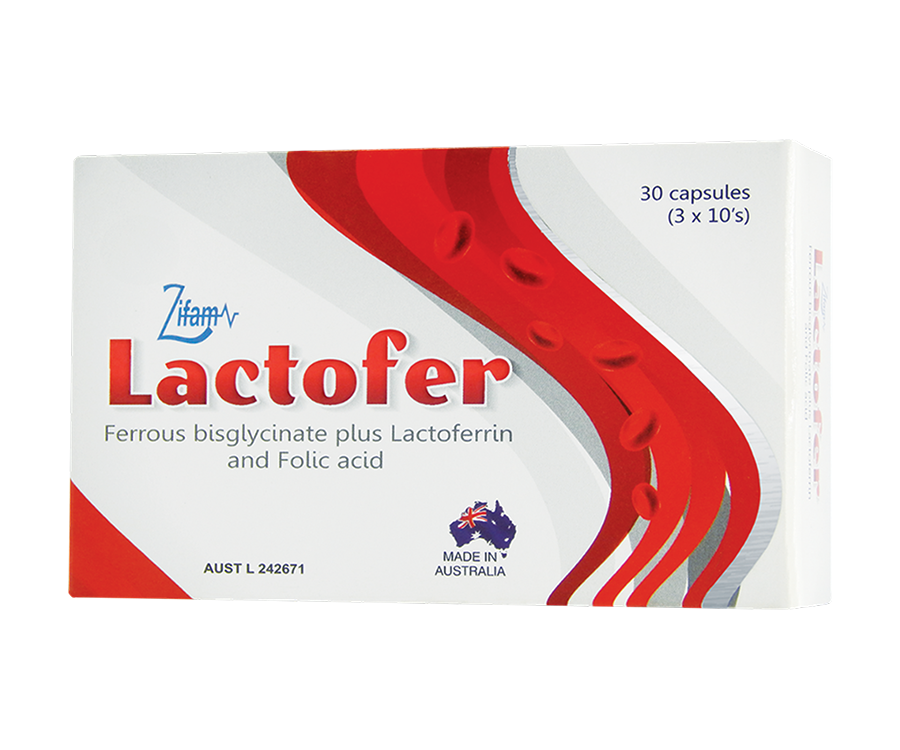Crezol Cream
- ENG
- မြန်မာ
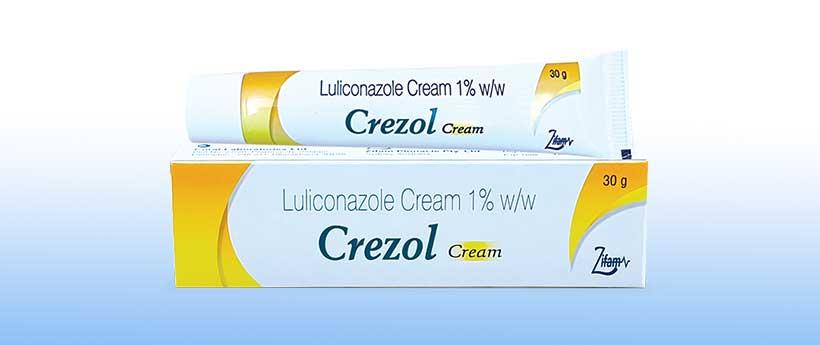
Crezol Cream
Luliconazole Cream 1% W/W
COMPOSITION:
Luliconazole………………………………. 1% w/w
Benzyl Alcohol BP (Preservative) … 1% w/w
Cream Base…………………………. q.s.
INDICATIONS:
Crezol Cream (Luliconazole Cream 1%w/w) is an azole antifungal indicated for the topical treatment of interdigital tinea pedis, tinea cruris, and tinea corporis caused by the organisms Trichophyton rubrum and Epidermophyton floccosum.
DOSAGE AND ADMINISTRATION:
For Topical use only. Not for ophthalmic, Oral, or intravaginal use.
Crezol Cream is not for ophthalmic, oral, or intravaginal use.
When treating interdigital tinea pedis, a thin layer of Crezol Cream, should be applied to the affected area and approximately 1 inch of the immediate surrounding areas) once daily for two weeks. For the treatment of tinea cruris or tinea corporis, Crezol Cream, should be applied to the affected area and approximately 1 inch of the immediate surrounding areas once daily for one week.
PHARMACOLOGY:
Mechanism of Action
Active component in Crezol Cream is Luliconazole. Luliconazole is an antifungal that belongs to the azole class. Although the exact mechanism of action against dermatophytes is unknown, luliconazole appears to inhibit ergosterol synthesis by inhibiting the enzyme lanosterol demethylase. Inhibition of this enzyme’s activity by azoles results in decreased amounts of ergosterol, a constituent of fungal cell membranes, and a corresponding accumulation of lanosterol.
Pharmacokinetics:
Luliconazole is the R enantiomer of a chiral molecule. The potential for interconversion between R and S enantiomers in humans has not been assessed. Information on the pharmacokinetics of luliconazole presented below refers to both R enantiomer and S enantiomer, if any, combined.
Luliconazole is >99% protein bound in plasma.
In a PK trial, 12 subjects with moderate to severe tinea pedis and 8 subjects with moderate to severe tine cruris applied a mean daily amount of approximately 3.5 grams of Crezol Cream, 1% to the affected and surrounding areas once daily 15 days.
Plasma concentrations of luliconazole on Day 15 were measurable in all subjects and fluctuated little during the 24-hour interval. In subjects with tinea pedis, the mean + SD of the maximum concentration (max) was 0.40 ‡ 0.76 ng/mL reach Cmax (Tmax) was 16.9 + 9.39 hours after the first dose and 5.8 ‡ 7.61 hours after the final dose. Exposure to luliconazole, as expressed by area under the concentration time curve (AUCO-24), was 6.88 + 14.50 ng*hr/mL after the first dose and 18.74 I 27.05 ng*hr/mL after the final dose. In subjects with tinea cruris, the mean + SD Cmax was 4.91 t 2.51 ng/mL after the first dose and 7.36 2.66 g/mL after the final dose. The mean Tmax was 21.0 ‡ 5.55 hours after the first dose and 6.5 ‡ 8.25 hours after the final dose. Exposure to
luliconazole, as expressed by AUCO-24, was 85.1 = 43.69 ng*hr/mL after the first dose and 121.74 ‡ 53.36 ng*hr/mL after the final dose.
SPECIAL WARNINGS AND PRECAUTIONSFOR USE:
For Topical use only. Crezol Cream is not for ophthalmic, oral, or intravaginal use.
ADVERSE REACTIONS:
The most common adverse reactions observed in clinical trials were application site reactions, which occurred in less than 1% of subjects. In three Phase 3 clinical trials,
616 subjects were exposed to Crezol Cream, 1%: 305 with interdigital tinea pedis and
311 subjects with tinea cruris. Subjects with interdigital tinea pedis or tinea cruris applied Crezol Cream, 1% or vehicle cream once daily for 14 days or 7 days, respectively, to affected and adjacent areas. During clinical trials with Crezol Cream, 1%, the most common adverse reactions were application site reactions which occurred in less than 1% of subjects in both the Crezol and vehicle arms.
Most adverse reactions were mild in severity.
The following adverse reactions have been identified during post marketing use of luliconazole cream, 1%: contact dermatitis and cellulitis. Because these reactions are reported voluntarily from a population of uncertain size, it is not always possible to reliably estimate their frequency or establish a causal relationship to drug exposure.
DRUG INTERACTIONS:
The potential of Luliconazole to inhibit cytochrome P-450 (CYP) enzymes 1A2, 2C9, 2C19, 2D6, and 3A4 was evaluated in vitro. Based on in vitro assessment, Luliconazole at therapeutic doses, particularly when applied to patients with moderate to severe tinea cruris, may inhibit the activity of CYP2C19 and CYP3A4. However, no in vivo drug interaction trials have been conducted to evaluate the effect of Luliconazole on other drugs that are substrates of CYP2C19 and CYP3A4. Luliconazole is not expected to inhibit CYPs 1A2, 2C9 and 2D6 based on in vitro assessment. The induction potential of Luliconazole on CYP enzymes has not been evaluated.
USE IN SPECIFIC POPULATIONS:
Pregnancy
There are no adequate and well-controlled studies of Luliconazole Cream, in pregnant women. Luliconazole Cream should be used during pregnancy only if the potential benefit justifies the potential risk to the fetus.
Nursing Mothers
It is not known whether Luliconazole is excreted in human milk. Because many drugs are excreted in human milk, caution should be exercised when Luliconazole Cream, is administered to women who are breastfeeding.
Pediatric Use
The safety and effectiveness of Crezol Cream, 1% in pediatric patients 12 to <18 years of age with tinea pedis and tinea cruis have been established by evidence from well-controlled trials in adult and pediatric subjects and a pharmacokinetic (PK) study in pediatric subjects.
The safety and effectiveness of Crezol Cream, 1% in pediatric patients 2 to <18 years of age with tinea corporis have been established by evidence from a well-controlled trial in pediatric subjects.
Geriatric Use
Of the total number of subjects in clinical studies of Luliconazole Cream, 8 percent were 65 and over, while 1.4 percent were 75 and over. No overall differences in safety or effectiveness were observed between these subjects and younger subjects, and other reported clinical experience has not identified differences in responses between the elderly and younger patients, but greater sensitivity of some older individuals cannot be ruled out.
STORAGE:
Store below 30°C. Protect from light. Do not refrigerate.
Keep medicine out of reach of children.
PRESENTATION:
30 g Lami tube






